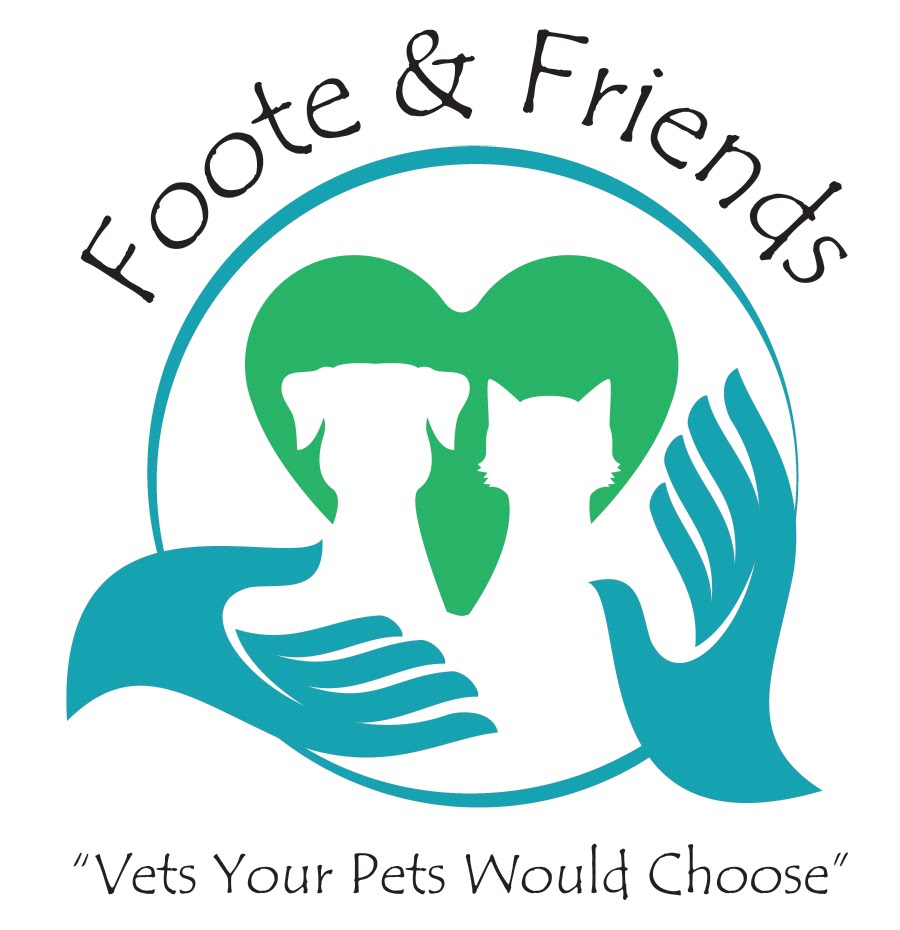 |
| Ranger loves a clean box! |
No one wants their home to be a litter box. I don't have a house kitty due to my husband's severe allergies to cats,so I am not experiencing any litter box problems. I do have to help clients with this problem often. A lot of people spent a beautiful Sunday afternoon yesterday listening to my detailed presentation at Prairie Land Feeds about how to keep your cat happy with the litter box. This is a really aggravating problem and one that will land a kitty in the shelter or worse if it does not improve. I won't bore you will all the details of yesterday's talk. I will hit upon the big factors that have cats unhappy about the box, resulting in potty problems and I will suggest what will help them get back in the box.
First of all, we vets want to know about these problems early! At least 50% of the time there is a medical problem that your cat has but is not showing signs of illness thus causing litter box unhappiness. Now, if your cat hates to go to the vet, ask if a house call can be done. I do house calls, but I do not promote it heavily since I have the base clinic. I limit the days and number of house calls, but I do offer them. I can't know what cats are difficult to come in, so please tell my staff! There are ways to help your kitty ride better, but I will save that for another blog.
The short list of possible problems ( not complete but most common) are bladder infection, anal gland problems, arthritis in cats over 10, kidney insufficiency, diabetes, and irritable bowel disorder.
 |
| happy Mercy |
Luckily for us, Mercy has been good at using the box. She has arthritis in her right hip from her hit by car injury which is what brought her to us. She is on Dasoquin and J/D food by Hills to help her pain be less, and the box is pretty easy for her to get to. I will have the staff get a lower box though. It has a high side and before she tells us how hard it is to get in, it would be wise to help her out. It is hard to find low boxes so be creative. You can cut the front lower with a knife, or buy an under the bed storage box.
If a very complete exam, possible xrays and stool/urine and blood checks are fine, then be sure you are keeping the box how your cat would like it. Notice I said cat, not you. Cats want to have their own box, with no waste in it ( this is why they immediately jump in a freshly cleaned box), with enough room to scratch around, turn and position themselves easily and located where it is easy and nice to find. To put it simply, be sure to scoop all ( I mean all!!!) the urine clumps and stool clumps out of the box twice daily. Do you want to use a toilet that has not been flushed? Most of us just turn around and leave it is so bad. Your cat feels pretty much the same way. So, keep it clean, clean, clean!
 |
since this box is in the kitchen, it is
easy to get to, and cleaned often. |
Try a second litter box in a different location. Put one on the main floor your cat likes to be on and have it be open if you have a covered one. Try a different litter in the new box. Most cats like the cheap generic or activated charcoal litters. Usually just an inch or 2 of litter is best for the cat, and makes it easier for you to dump it all out for a good box cleaning weekly.
These litter box problems can be frustrating but often they can get better working together with your veterinary staff that understands all the litter box issues. Go to
www.okawvetclinic.com for more articles and information.

Dr. Sally J. Foote and Ranger ( Mercy was sleeping on the couch)













































